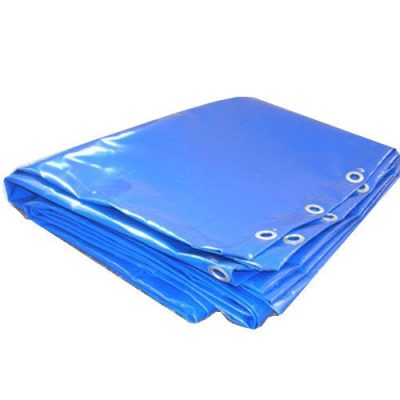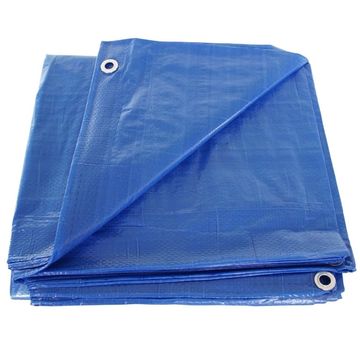The strength of PE (Polyethylene) tarpaulin is primarily determined by the material properties of polyethylene itself and the manufacturing processes used to create the tarpaulin. Here is a breakdown of the science behind the strength of PE tarpaulin:
- Polyethylene Material Properties:
- Molecular Structure: Polyethylene is a polymer consisting of long chains of carbon atoms with hydrogen atoms attached to them. The molecular structure of polyethylene gives it excellent strength and durability.
- High Molecular Weight: PE tarpaulins are typically made from high-density polyethylene (HDPE), which has a high molecular weight. Higher molecular weight polymers have stronger intermolecular forces, resulting in increased strength and durability.
- Resin Composition: The type of polyethylene resin used in tarpaulin manufacturing can vary, and the specific composition can influence the tarp’s strength. HDPE (high-density polyethylene) and LDPE (low-density polyethylene) are common choices. HDPE is denser and generally stronger than LDPE.
- Weaving and Laminating: PE tarpaulins are often made by weaving together strips or threads of polyethylene fabric, creating a durable and flexible sheet. Additionally, layers of polyethylene fabric may be laminated together to increase strength and provide additional features like UV resistance and waterproofing.
- Coating and Treatment: Some PE tarpaulins are coated or treated with additives that enhance their strength and performance. For example, UV stabilizers can be added to protect the tarp from the degrading effects of sunlight.
- Fabric Density: The density of the weave or fabric used in the tarpaulin can also impact its strength. A tighter and denser weave generally results in a stronger tarp.
- Grommets and Reinforcements: Many PE tarpaulins have grommets (metal or plastic eyelets) along the edges, which provide anchor points for securing the tarp. These areas are often reinforced to distribute stress and prevent tearing.
- Tensile Strength: The tensile strength of a material measures its ability to withstand a stretching or pulling force without breaking. PE tarpaulin is designed to have high tensile strength, which allows it to resist tearing and stretching under load.
- Tear Resistance: Tear resistance is the ability of the tarpaulin to withstand the propagation of a tear. This property is crucial for withstanding sharp objects or forces that might cause a rip.
- Load-Bearing Capacity: The load-bearing capacity of a PE tarpaulin is related to its tensile strength and the quality of its construction. It’s important to use the tarp within its specified load limits to ensure its longevity and effectiveness.
- Quality Control: The strength of a PE tarpaulin can also depend on the quality control measures implemented during its manufacturing process. Ensuring consistent thickness, uniformity, and proper fabrication techniques are essential for producing strong and reliable tarps.
In summary, the science behind the strength of PE tarpaulin involves a combination of material properties, manufacturing processes, and design considerations. The choice of materials, weaving techniques, coatings, and reinforcements all contribute to the tarpaulin’s ability to withstand various environmental conditions and loads. This makes PE tarpaulin a durable and versatile material for various applications, from protecting outdoor equipment to serving as a temporary shelter.


















